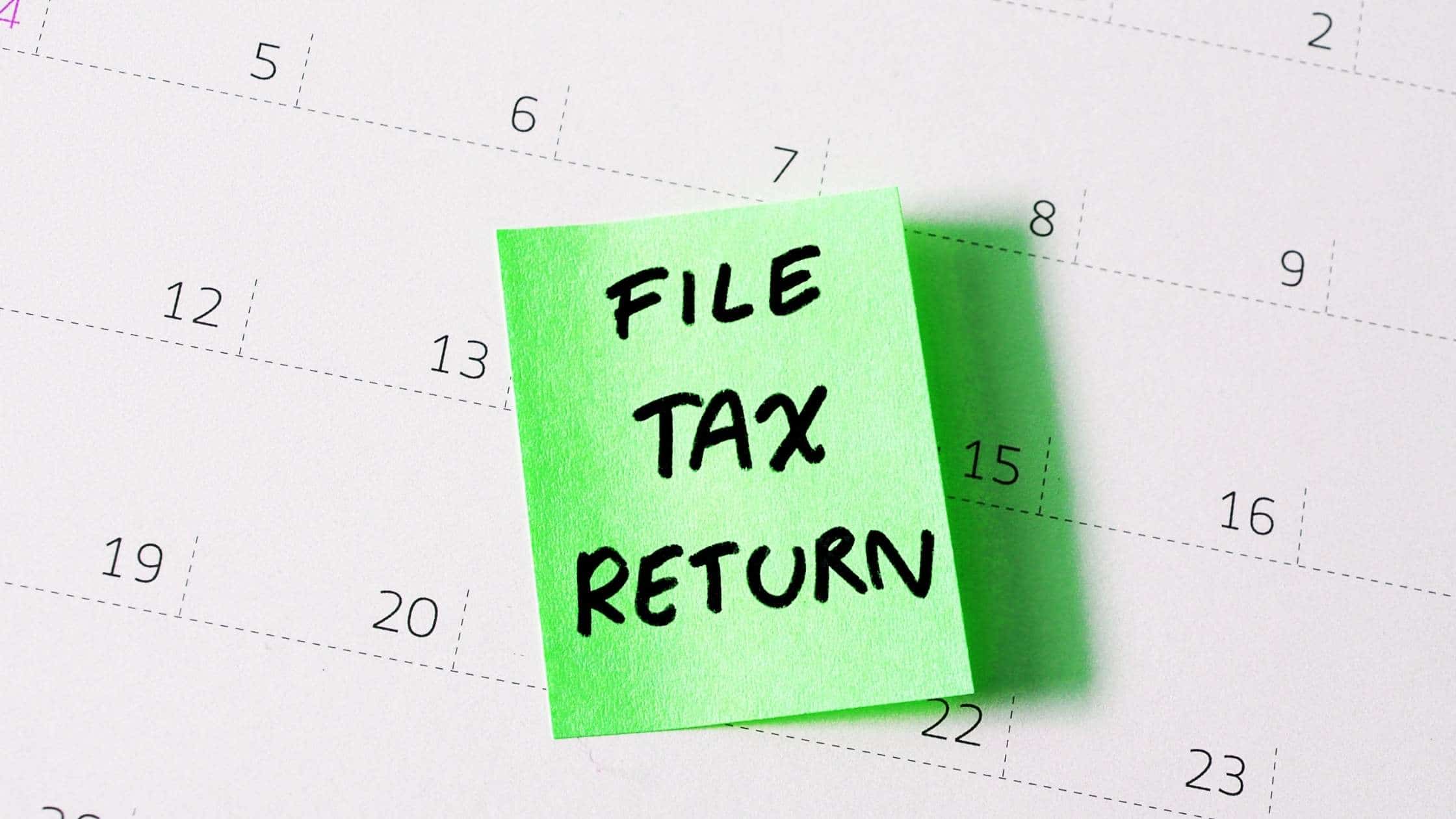Can I File a Company Tax Return on My Own?
Introduction
Filing a company tax return can be a daunting task, especially if you are new to the world of business taxes and regulations. Many business owners wonder if they can handle the process themselves or if they need to hire a professional tax accountant. In this article, we will explore the pros and cons of filing a company tax return on your own and provide some essential tips to make the process more manageable. Can I file a company tax return on my own?
The Basics of Company Tax Returns
Before diving into the DIY approach, it’s crucial to understand the basics of company tax returns. A company tax return is an official document that businesses must file with the tax authorities, reporting their income, expenses, deductions, and tax liability for a specific period, usually a fiscal year. The process involves careful accounting, accurate record-keeping, and adherence to tax laws and regulations.
Pros of Filing a Company Tax Return on Your Own
1. Cost Savings: One of the main advantages of filing a company tax return on your own is cost savings. Hiring a tax professional can be expensive, especially for small businesses or startups with limited resources. Doing it yourself can help keep costs down.
2. Control and Familiarity: When you file the tax return yourself, you have complete control over the process. You can directly manage all aspects of your business’s financial records and ensure everything is done correctly. Additionally, you’ll become more familiar with your business finances, which can be beneficial in making informed financial decisions.
3. Learning Experience: Filing taxes on your own can be a valuable learning experience. It forces you to understand your business’s financial situation and tax requirements better. This knowledge can empower you to make more strategic financial decisions throughout the year.
Cons of Filing a Company Tax Return on Your Own
1. Complexity and Time-Consuming: Company tax returns can be complex, especially for businesses with multiple revenue streams, expenses, and deductions. It requires a thorough understanding of tax laws and regulations, which can be time-consuming.

Can I file a company tax return on my own?
2. Risk of Errors: Filing taxes involves numerous calculations, and even a minor mistake can lead to penalties or an audit. Tax laws are subject to change, and keeping up with them can be challenging, especially for non-experts.
3. Missed Opportunities for Deductions: Tax professionals are well-versed in identifying potential deductions and credits that you may not be aware of. By handling taxes yourself, you might miss out on opportunities to reduce your tax liability.
Steps to File a Company Tax Return on Your Own
If you decide to take on the challenge of filing your company tax return yourself, follow these essential steps to ensure a smooth process:
Step 1: Organize Your Financial Records
Start by gathering all your financial records, including income statements, expense receipts, bank statements, and any other relevant documents. Organize them systematically to have a clear overview of your business’s financial health.
Step 2: Understand Tax Deadlines and Requirements
Research the tax deadlines and requirements specific to your business type and location. Failing to meet these deadlines can result in penalties and interest charges.
Step 3: Choose the Right Tax Form
Select the appropriate tax form for your company. Different types of businesses have different tax forms, such as Form 1120 for C-corporations and Form 1065 for partnerships. Ensure you are using the correct form to avoid errors.
Step 4: Perform Accurate Calculations
Carefully calculate your business’s total income, deductible expenses, and tax liability. Use accurate figures to avoid any discrepancies and potential audits.
Step 5: Consider Tax Software or Online Tools
Tax software or online tools can simplify the tax filing process. They often include built-in calculators and ensure compliance with the latest tax regulations. Explore various options and choose one that best suits your needs.
Step 6: Double-Check for Errors
Before submitting your tax return, review all the information for accuracy and completeness. Double-checking for errors is crucial to avoid complications later on.
Step 7: File Electronically
Filing your company tax return electronically is quicker and more efficient than filing a paper return. E-filing also reduces the likelihood of errors during data entry. For company tax return information see here.
Conclusion
Filing a company tax return on your own is certainly possible, and it can be a cost-effective learning experience. However, it comes with challenges, and the risk of errors can have serious consequences. If your business’s finances are straightforward, and you feel confident in your ability to understand tax laws and regulations, the DIY approach may be suitable. However, for complex businesses or those lacking tax expertise, hiring a professional tax accountant is a wise investment that can save time, reduce stress, and potentially result in significant tax savings.

Remember, filing taxes accurately and on time is crucial for maintaining your company’s financial health and compliance with the law. Whether you choose to file independently or seek professional help, prioritize accuracy and adherence to tax regulations to avoid penalties and ensure the smooth operation of your business.

